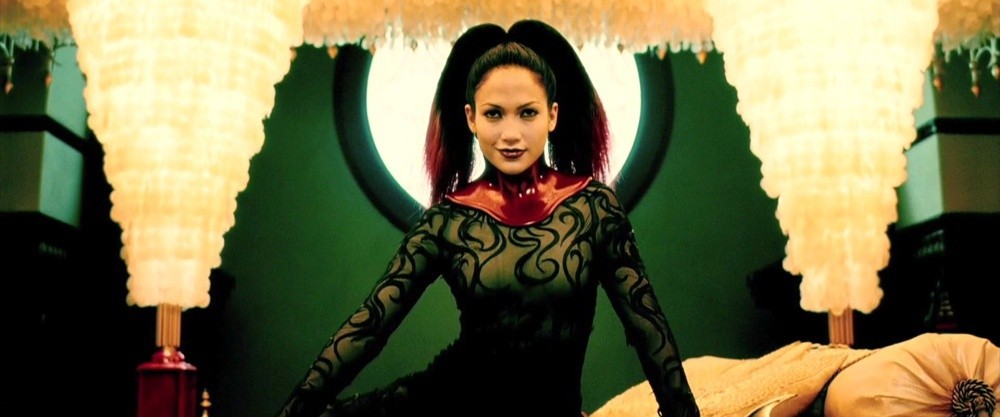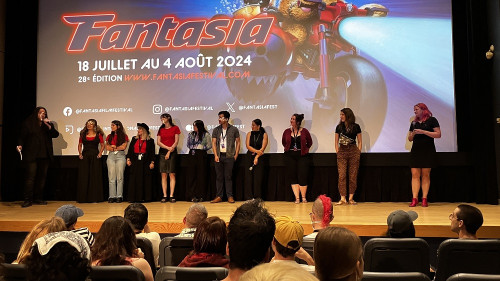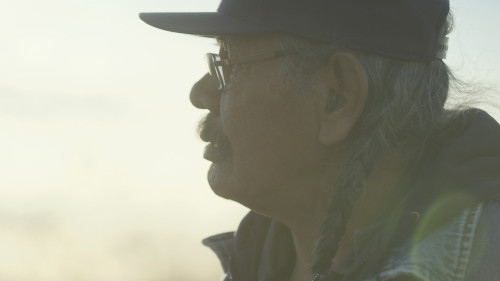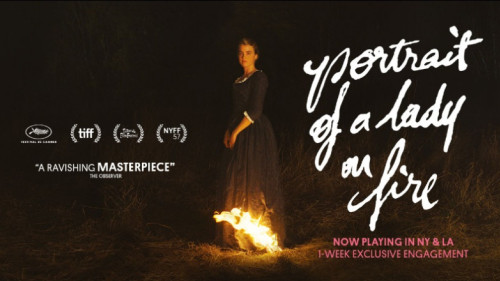Volume 19, Issue 1 / January 2015
Acting for the Big Screen
In this issue
-
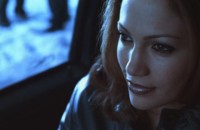
The Progress (and Problem) of an American Girl: Jennifer Lopez in Selena, Out of Sight, The Cell, Maid in Manhattan, and El Cantante
-
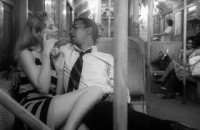
Shirley Knight and the Performance of Gendered Race in Dutchman
-
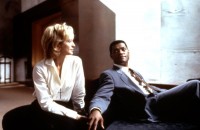
A Portrait of an Artist as a Handsome, Smart, Tough Black Dude: Laurence Fishburne in School Daze, Bad Company, Othello, The Matrix, Armored and other films
It is the wholeness of African-American men that is most feared
-

Marlon Brando as Thinker and Actor in Julius Caesar, The Young Lions, One-Eyed Jacks, Last Tango in Paris, and A Dry White Season
-
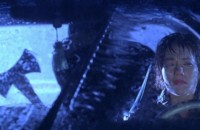
When the Final Girl is Not a Girl: Reconsidering the Gender Binary in the Slasher Film
Three of the five essays in this special issue on big screen acting deal, to varying degrees, with the issue of race, and how the actor/acting can be used to channel issues of identity, Nationhood and social movements. These three essays are Garrett’s two pieces treating the work of Jennifer Lopez and Laurence Fishburne, and Lindsey Campbell’s essay on the 1967 film adaptation of the 1963 play by Leroi Jones (later known as Amiri Baraka) Dutchman. Garrett’s study of American actress of Puerto Rican heritage Jennifer Lopez (a media superstar) asks questions of Lopez the performer that touches on how stardom may be impacted by issues of identity, Nationhood and, indeed, what viewers expect from actors that straddle different cultures. Do we expect Lopez to play roles that only honor her heritage? Or is that too limiting to her skills as an actress? These are some of the issues Garrett discusses in his critical overview of Lopez’s acting career. Campbell gives a close formal analysis of Shirley Knight’s skittish, disturbing performance of highly strung Lula, opposite Al Freeman Jr.‘s contrasting performance as a lower middle class African American man who gets caught in Lula’s poisonous trap of seduction, conceit, intimidation, and ultimately, violence. Garrett’s study of the contemporary actor Laurence Fishburne uses the latter’s title performance in Othello and its contrast to others who have played the role, as a book-end to an appreciation of the actor’s long and prolific career. Garrett touches on both Fishburne’s higher profile roles (Matrix, Apocalypse Now The Cotton Club, The Color Purple , King of New York) and his lesser known roles (Rumble Fish, School Daze, Cornbread, Earl and Me) to provide a portrait of an artist who has consistently brought passion, presence and potential to his performances. Garrett gives studied thought to the challenging (from a critic’s standpoint) career of the larger than life figure Marlon Brando, partly as seen by biographer Susan Mizruchi in her Brando biography (Brando Smiles). The final essay by Jeremy Maron on the Final Girl indirectly touches the theme’s issue. Maron deals with Carol Clover’s seminal re-evaluation of the slasher film and increases its potential applicability by relieving the onus of the Final Girl on gender. Maron does not throw out the proverbial baby with the bath water by cleverly keeping much of Clover’s theory intact and replacing the Final Girl with the Final Subject (his elegant term). Indeed, although the discourse around the Final Girl (touched on extensively in Offscreen‘s special Gender and Horror issues a few months back) is always theoretical, performance is instrumental in how characters, male or female, are either ‘masculinized’ or ‘feminized’. Aspects of mise en scène such as costume (mannish clothes), make-up (short hair for girls, long hair for boys), and props (‘phallic’ weapons) often factor into a character’s performance, which helps audience’s read a character against their gender. (Donato Totaro, ed.)

